The Mystery of Edwinn Drood
Extraits
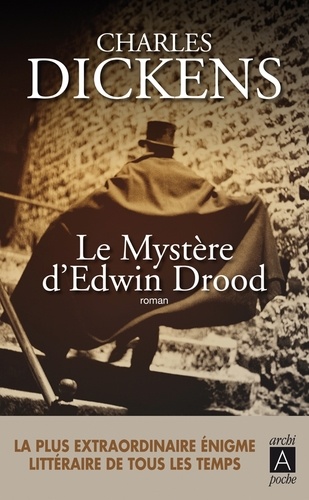
Poches Littérature internation
Le mystère d'Edwin Drood
04/2012
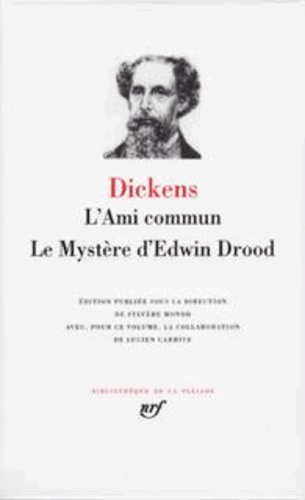
Pléiades
L'ami commun. Le Mystère d'Edwin Drood
05/2005

Poches Littérature internation
Drood
12/2012

Littérature étrangère
Revue des deux Mondes Novembre 2018 : Charles dickens
11/2018
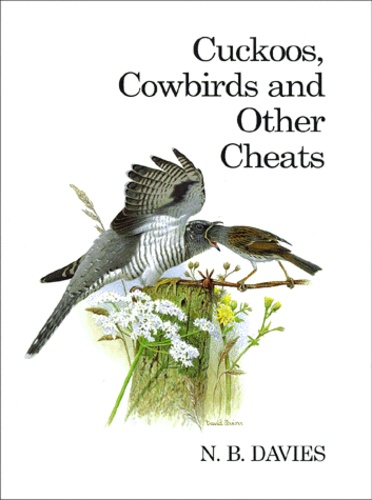
Sciences de la terre et de la
Cuckoos, Cowbirds and Other Cheats
04/2000
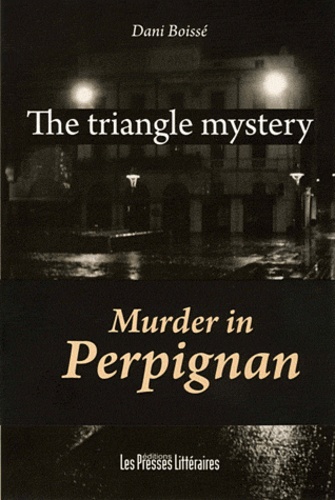
Policiers
The triangle mystery
03/2010
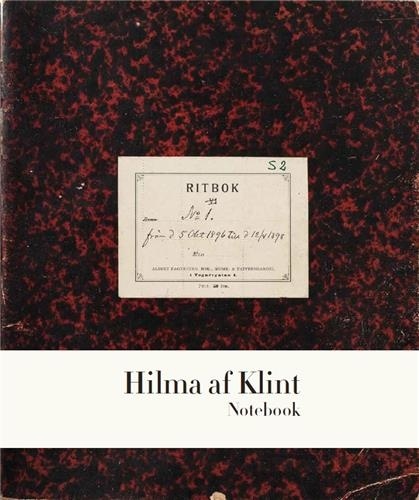
Monographies
Hilma af Klint. The Five Notebook 1
01/2022
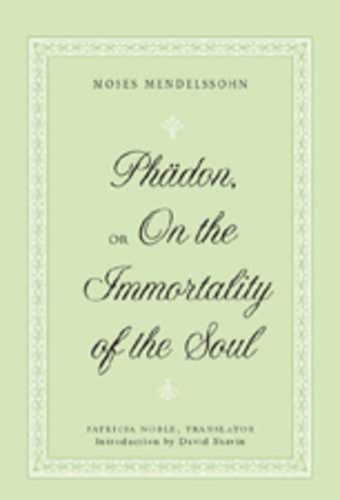
Philosophie
«Phädon», or «On the Immortality of the Soul»
12/2006
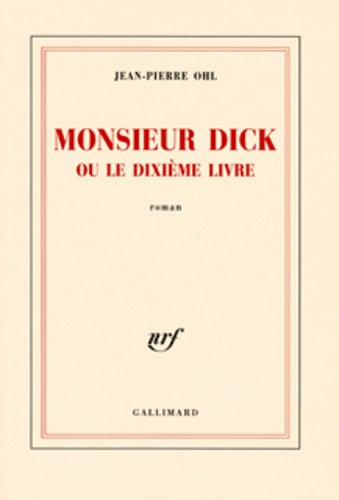
Littérature française
Monsieur Dick ou le dixième livre
08/2004
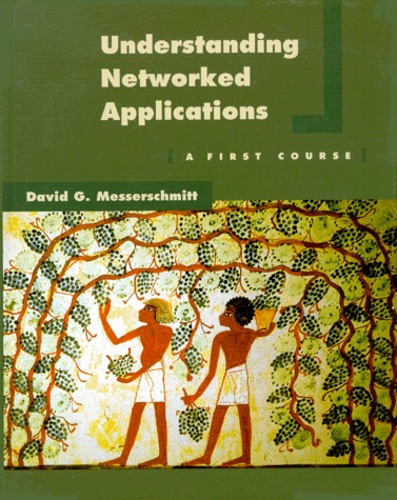
Informatique
UNDERSTANDING NETWORKED APPLICATIONS
11/1999
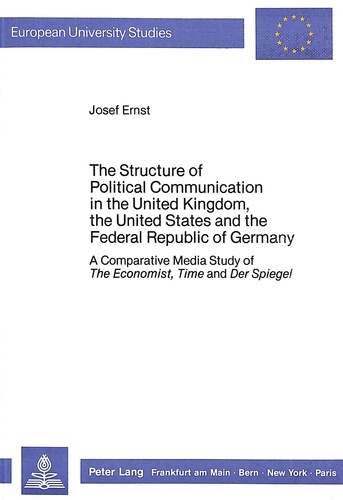
Sciences politiques
The Structure of Political Communication in the United Kingdom, the United States and the Federal Republic of Germany
11/1987
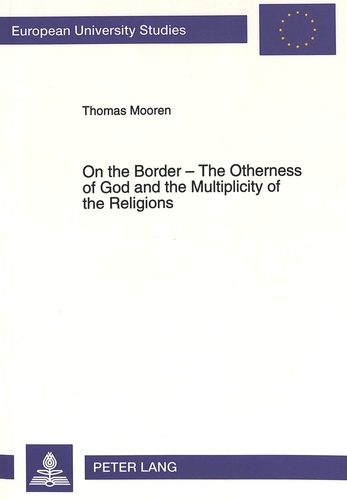
Histoire internationale
On the Border - The Otherness of God and the Multiplicity of the Religions
01/1994
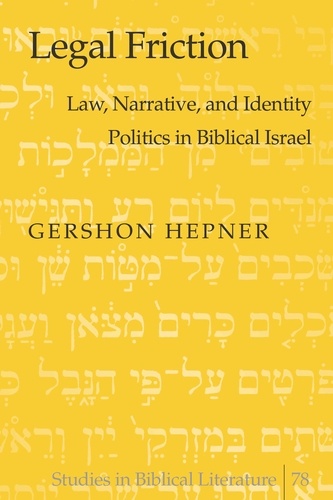
Religion
Legal Friction
05/2010

Histoire et Philosophiesophie
The Undergrowth of Science. Delusion, self-deception and human frailty
01/2000

Histoire et Philosophiesophie
Thinking about Physics
01/2000
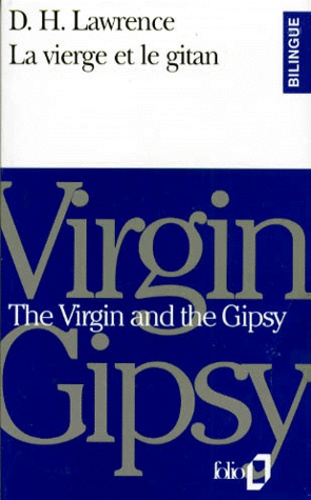
Anglais apprentissage
LA VIERGE ET LE GITAN : THE VIRGIN AND THE GIPSY
02/1993

Musique classique
Songs of Love. 12 Romances. 12 Lieder. Soprano (tenor) and piano.
12/2023

Tourisme étranger
Moroccan tracks Volume 11. The sagho djebel
08/2022
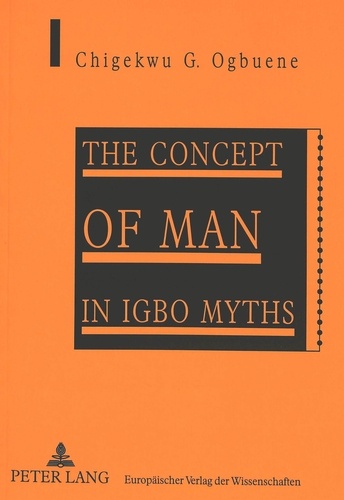
Non classé
The Concept of Man in Igbo Myths
11/1999
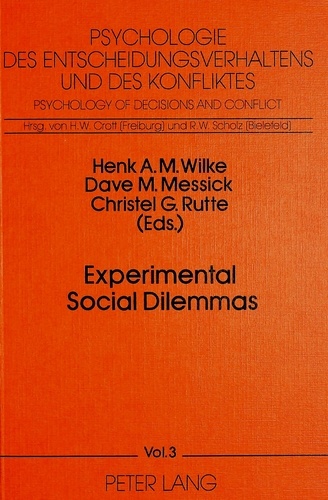
Non classé
Experimental Social Dilemmas
12/1986
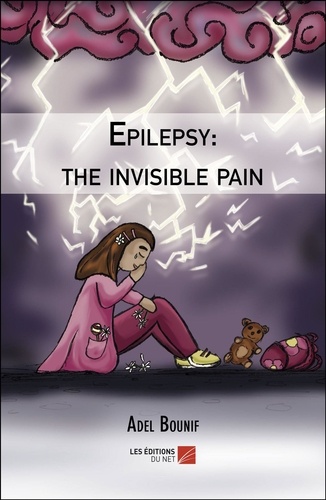
Poésie
Epilepsy: the invisible pain
01/2019
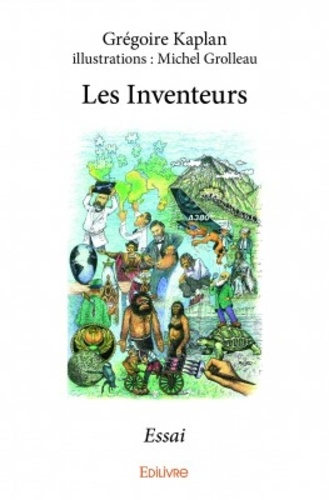
Littérature française
Les inventeurs. Essai
02/2017
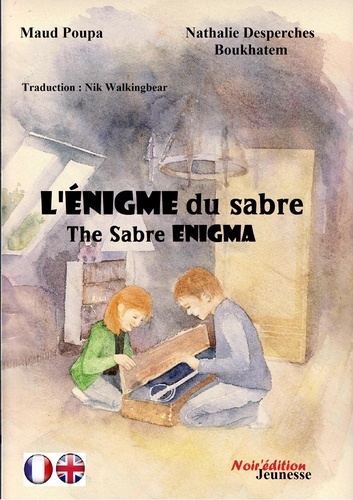
Lecture 6-9 ans
L'énigme du sabre. Edition bilingue français-anglais
06/2018
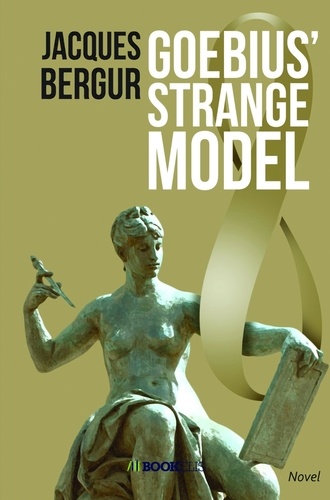
Policiers
Goebius' Strange Model
01/2020
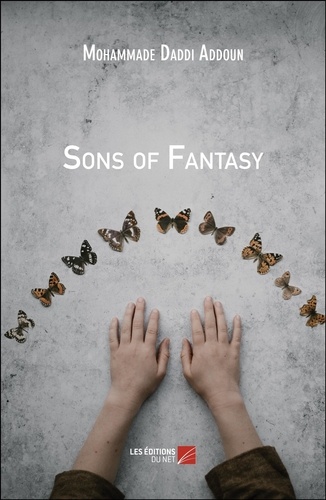
Littérature française
Sons of Fantasy
08/2018
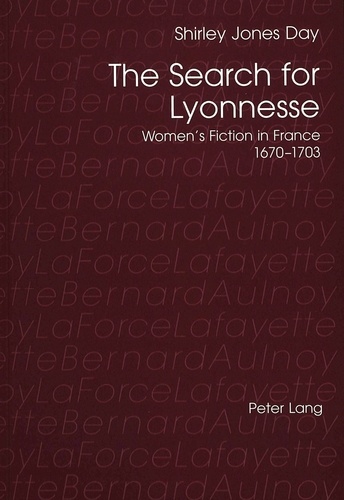
Non classé
The Search for Lyonnesse
07/1999
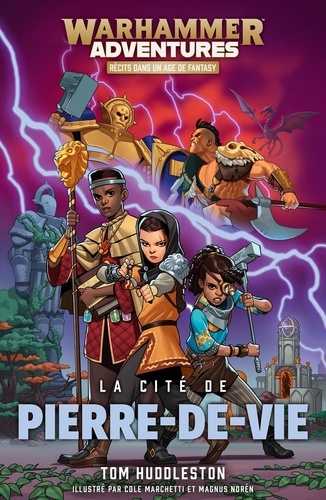
12 ans et +
Les 8 royaumes mortels Tome 1 : La cité de Pierre-de-Vie
06/2019
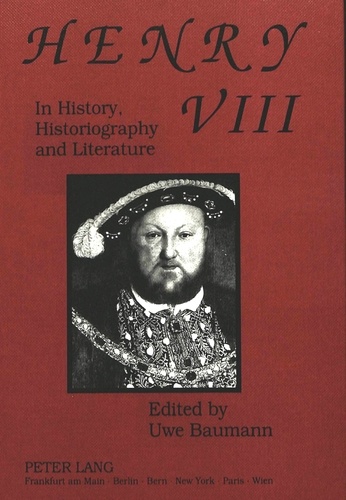
Non classé
Henry VIII in History, Historiography and Literature
01/1993
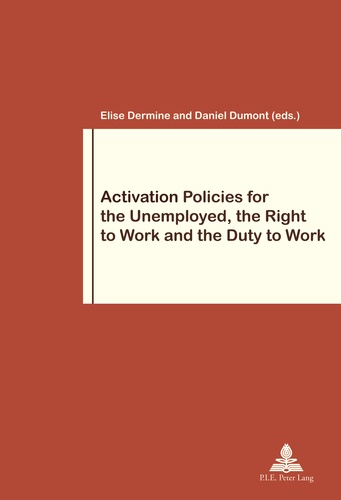
Droit
Activation Policies for the Unemployed, the Right to Work and the Duty to Work
06/1987
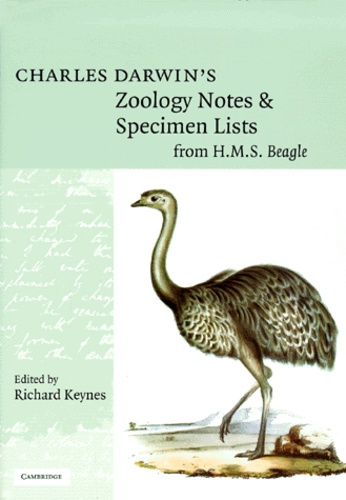
Histoire et Philosophiesophie
Charles Darwin's Zoology Notes & Specimen Lists from H.M.S. Beagle
01/2000
